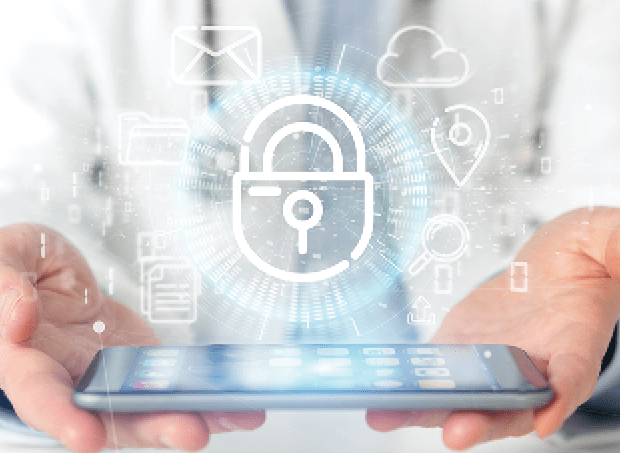Insights from an eVisit excursionist featured in Healthcare IT News.
Late last year, I flew out to visit a major customer to get a first-hand look at how they are implementing CMS’ Emergency, Triage, Treat, and Transport model. Also known as ET3, this voluntary five-year payment model fundamentally changes the way the Centers for Medicare & Medicaid Services (CMS) reimburses for emergency care services following a 911 call.
In the past, ambulance services were only reimbursed if a patient was brought to the emergency room. With ET3, CMS will pay emergency medical response providers to:
- Transport patients to an alternative facility, such as a primary care office, urgent care clinic, or community mental health center; or
- Initiate and facilitate treatment in place with a qualified healthcare partner, either at the scene of the emergency or via telehealth.
That’s right. Telehealth.
The model allows patients to access the most appropriate emergency services at the right time and place. The model also encourages local governments, their designees, or other entities that operate or have authority over one or more 911 dispatches to establish a medical triage line for low-acuity 911 calls. As a result, the ET3 model can improve quality and lower costs by reducing avoidable transports to the ER and unnecessary hospitalizations.
That means less crowded ER waiting rooms, better health outcomes, and a more positive patient experience.
Here’s what I learned during my site visit.
Onsite emergency triage
I flew to Boulder, Colo. to visit Global Medical Response, the parent company of American Medical Response. In partnership with Envision Healthcare, Global Medical Response has created a program that facilitates high-efficiency triage by replacing ambulance rides to the ER with telehealth.
If, upon arrival, it’s unclear that the patient truly requires emergency transport, the medic can initiate an intake process that includes a series of assessment questions. This enables an informed, on-the-spot decision whether to transport the patient.
Part of this process is determining if a patient is eligible and a candidate for a telehealth visit. If the patient’s vitals are stable and the situation is not life-threatening, the medic can use an iPad to connect with an ER doctor for an onsite video evaluation. In many cases, this helps avoid an unnecessary ambulance ride to the hospital, freeing up the medics’ valuable time for more urgent medical events.
Who you gonna protocol?
As we all know, patients will sometimes call 911 simply because they’re worried and don’t know where else to turn. Oftentimes, these “emergency” health issues are minor and can be addressed with a prescription refill or onsite treatment, allowing costly ER visits to be avoided altogether. On average, an ER visit costs $2,200—an amount which includes triage fees as high as $1,000.
The ET3 payment model gives ambulance providers a protocol for at-home treatment or assessment, lowering the cost of care, and enhancing the patient experience. Today’s advanced virtual care technologies provide emergency medical technicians with an additional tool that facilitates onsite patient assessment and care, reducing reliance on transportation and decreasing the burden on emergency departments.
Are remote assessments the future of ER triage?
Well, certainly not in all cases. In speaking to so many tireless ER staff across the U.S., I learned just how dedicated they are to serving their community members who are in dire need of medical attention. But they’re also the first to tell you that their resources are limited and that they really should focus on true medical emergencies.
Seeing this real-world ET3 program in action helped me appreciate the huge impact this model—facilitated by a robust virtual care delivery platform—can have on health outcomes, patient satisfaction, and workflow efficiencies. By better understanding the needs of the patient through remote triage screening, emergency medical technicians are better equipped to provide more in-depth, thoughtful, and deliberate care to patients, while ensuring adequate reimbursement and lowering the overall cost of care.
Learn more
Read more about my customer visits in the Healthcare IT News article, One Expert Travels the Country to See How Telehealth is Holding Up. And stay tuned for part 2 of this series next week.
Published: April 19, 2022
Topics: emergency CMS ET3 triage





